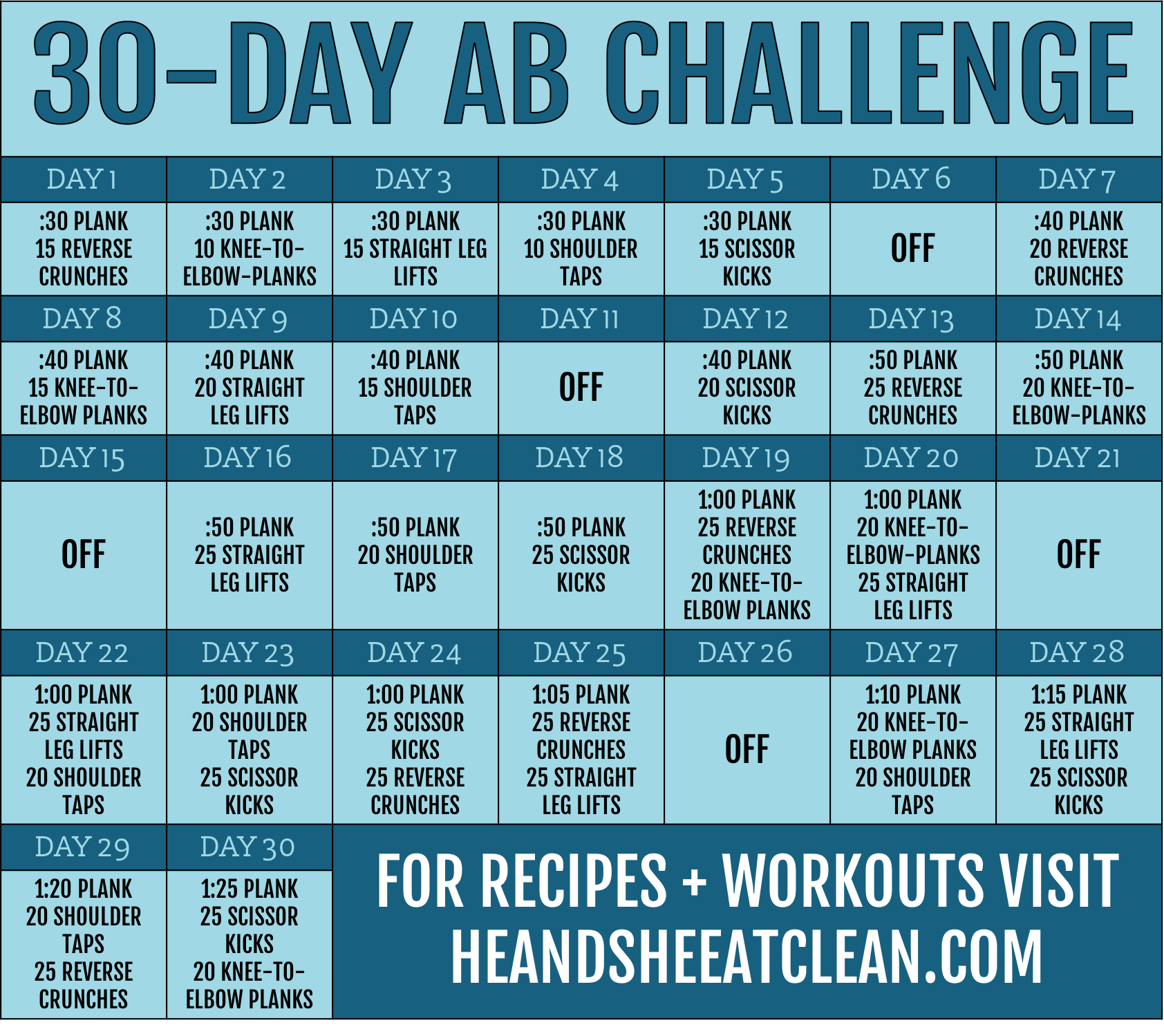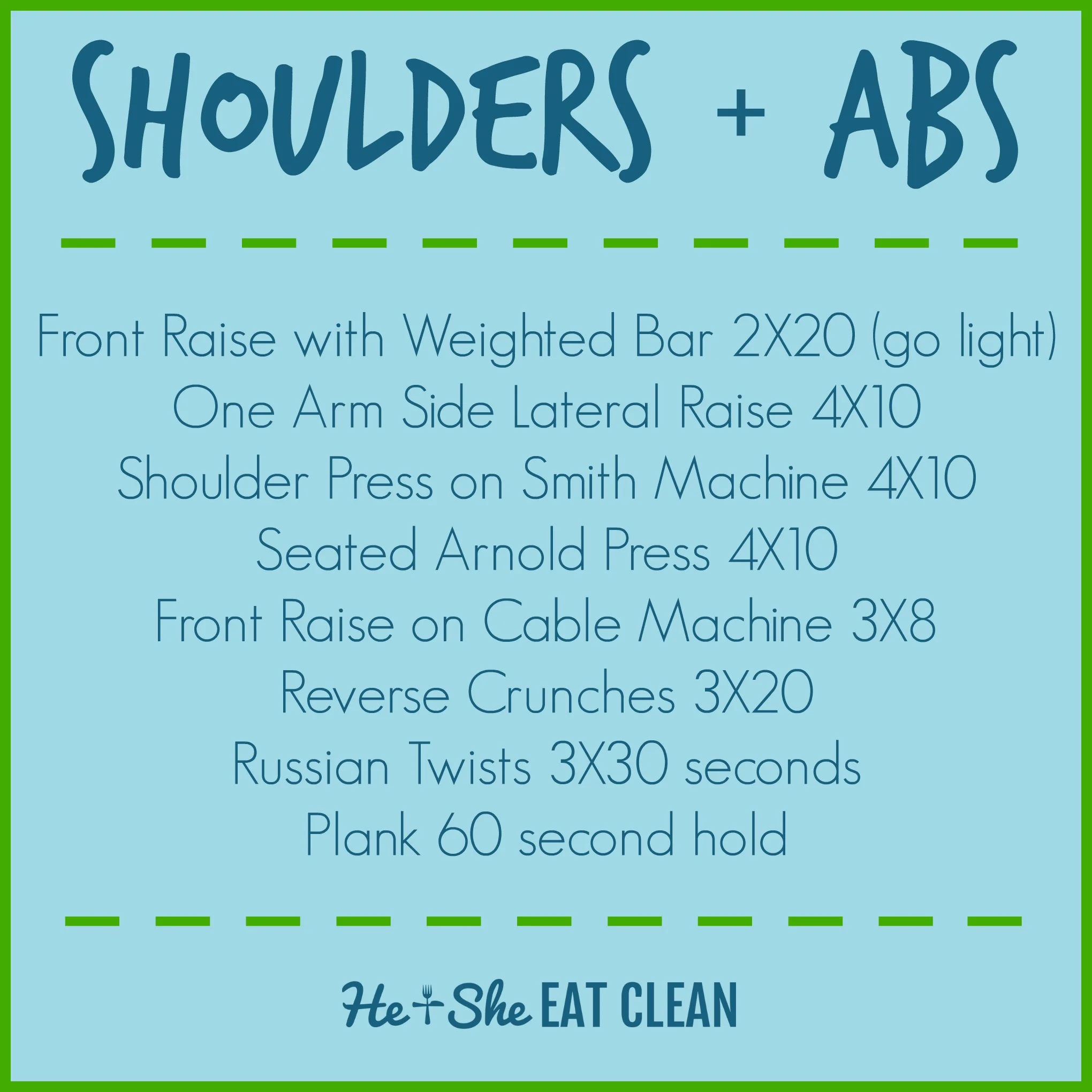We all want to lose that last little bit of water weight or the bloat before a big event such as a wedding, vacation, party, etc. Since summer is right around the corner - which usually means beach and/or lake trips - we are here to share with you some foods that may cause bloating. Of course, we should all start with living a healthy lifestyle (which includes a healthy diet). So if you haven't already, try to get rid of all the processed foods in your diet (Need help getting started? We have an eBook for that!)! Stick to lean protein, complex carbohydrates, healthy fats and lots of water!
It takes a while (sometimes years) to learn your body and what makes you look and feel your best but these will give you a starting point on things that you might want to cut out of your diet before that big event!
Steer Clear of these Foods that Commonly Bloat:
- Processed Foods
- Carbonated Beverages
- Artificial Sugars
- Protein Powders/Bars
- Gum
- Dairy
- Gluten
- Eggs
- Certain Veggies (broccoli, cauliflower, etc)
There are more foods that can cause bloating but these are the ones that we have experienced personally.
If you want to reduce bloating and/or drop water weight we suggest cutting these out of your diet for 1-2 weeks prior to the event. In order to look and feel your best you should also avoid added salt (which usually means cooking your own food) and alcohol. Here are more tips on how to slim down for your next big event!
Looking for a workout plan to get you started? Try one of our popular transformation plans!






![#ProgressIsPerfection [3 Simple Ideas to Reach Your Goals]](https://images.squarespace-cdn.com/content/v1/555c964fe4b07d15252a8927/1520969172984-7HDOHI6ZRM0PCZCZ7O67/progress-is-perfection-silk-he-and-she-eat-clean2.jpg)






































